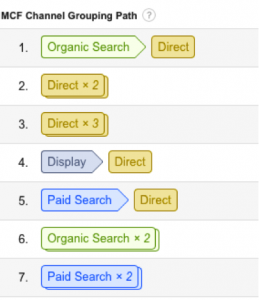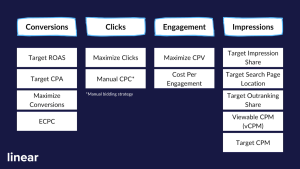
Contact forms are a very important part of your website.
All of your marketing efforts are ultimately designed to drive contact with your business: this may take the form of a purchase for B2C marketers or the completion of a contact form if your purchase cannot be fulfilled online.
So, imagine that you are spending a lot of money driving people to the contact form on your website, but after all of that effort only 10% of people who see the form actually complete it. Now imagine if that number moved from 10% to 20%.
The impact of contact forms on the bottom line of the business is crucial and small changes can have big impacts. However, not every contact form feels the love from their owner, so check out these contact form best practices to get your form working hard for you.
Get Attention
It is possible that your contact form will not be a stand-alone page – it may appear in a side-bar, or it may be sharing its page with other content. If this is the case, then you need to draw attention to the form. This could take the form of less than subtle arrows, or may be as discrete as a sub-heading. Both are correct in the right environment, but it will depend on your business, your product / service and your marketplace.
Don’t Always Ask
It seems like an obvious point, but you should not ask questions unless you really need the answer. Despite this common sense, there are a lot of contact forms on the web with too many questions – it does feel good building up a picture of an enquirer, but remember that the more questions you ask, the more likely someone will think ‘why are they asking me this, this is not relevant’: and before you know it, they have abandoned the form.
The End in Sight
If your business does require a number of questions to process the enquiry, then you should ensure that the user can see all of the form where possible. People who can see the submit button for the form will have a perception that they will know when the form will end – which should make it feel shorter. So if your contact form is a long portrait, see how it can be displayed landscape with the submit button always visible.
Validation
Contact form validation will save you a lot of hassle in the future. It is a feature of contact forms where an answer to a question will need to have particular characteristics to be accepted – for example, every email has a ‘@’ symbol and a full stop in it: if you try to enter an email address without these characters then you will be politely reminded that the email address is not valid. This will help you out as you (should) have a genuine email or phone number with which to contact the user.
Keep Testing
Multivariate testing, like marketing in the 21st century, is a combination of art and science. You need a structured approach to begin testing, and should only amend one feature of the contact form at any one time – that way, if the conversion rate goes up or down, you can pin-point which feature is making the impact. There are a wide variety of elements you can test for your contact form, so you should keep testing and most importantly, measuring.
Do you have any contact form best practice? If so, leave a comment and share your knowledge!
(231)
Report Post









